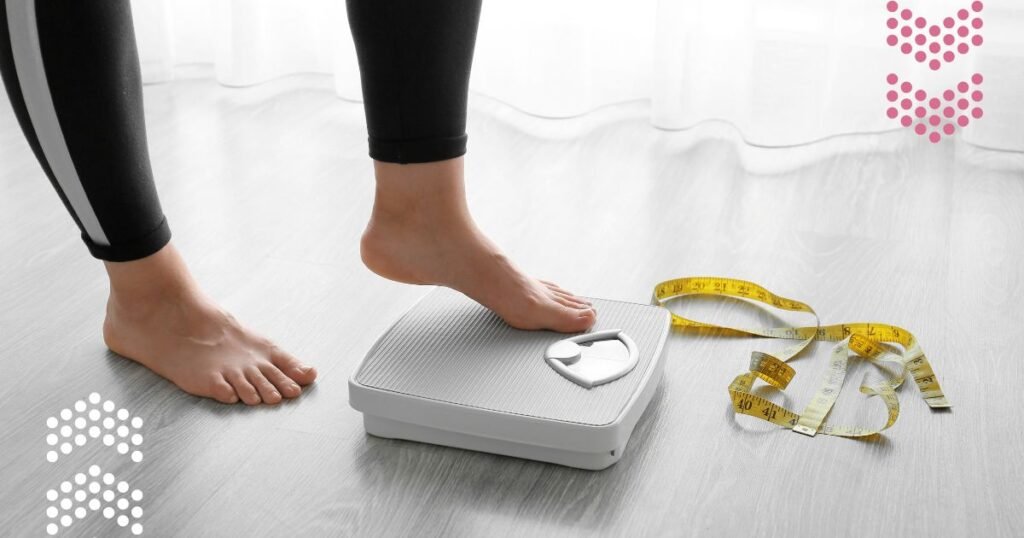Introduction to Muscle and Metabolism in Women
Understanding Metabolism
What is Metabolism?
Metabolism refers to the process by which your body converts what you eat and drink into energy. Even at rest, your body needs energy for basic functions like breathing and repairing cells. This baseline rate is known as your basal metabolic rate (BMR).
Factors that Influence Metabolism in Women
Metabolism is affected by several factors, including age, genetics, physical activity level, and muscle mass. As women age, their metabolism tends to slow down, making it harder to maintain or lose weight. Increasing muscle mass is one way to boost metabolism and support fat loss.
Why Muscle Mass is Critical for Women
Muscle as Metabolically Active Tissue
Muscle tissue is metabolically active, which means it burns more calories than fat, even when at rest. This makes muscle mass crucial for women who want to increase their resting metabolic rate (RMR). The more muscle you have, the more calories you burn throughout the day.
The Impact of Muscle on Fat Loss
Building and maintaining muscle is essential for long-term fat loss. As muscle burns more calories than fat, it helps create a calorie deficit, making it easier to lose fat. Muscle also gives the body a toned, lean appearance, which is why it’s vital for women’s fitness goals.
The Science Behind Muscle and Metabolism
How Muscle Affects Basal Metabolic Rate (BMR)
The Role of Muscle in Calorie Burn
Your basal metabolic rate (BMR) is the number of calories your body needs to perform basic functions. Muscle plays a significant role in increasing BMR because it requires more energy to maintain than fat. This means women with more muscle burn more calories, even while resting.
The Caloric Difference Between Muscle and Fat
Muscle burns approximately three times more calories than fat at rest. This difference in energy expenditure is one of the key reasons why increasing muscle mass is so effective for boosting metabolism. Women can benefit significantly from building muscle to enhance their calorie burn.
Muscle and the Thermic Effect of Activity
How Strength Training Boosts Metabolism
Strength training has a profound impact on metabolism. When you lift weights, your body burns calories during the workout and continues to burn calories afterward. This post-exercise calorie burn is known as excess post-exercise oxygen consumption (EPOC), or the afterburn effect.
Post-Exercise Oxygen Consumption (EPOC)
After a strength training session, your body uses more oxygen to recover and repair muscle tissue. This increased oxygen consumption raises calorie expenditure for hours after the workout. EPOC is one of the many reasons strength training is superior to cardio for long-term fat loss.
Muscle Mass and Age-Related Metabolic Decline
How Muscle Mass Declines with Age
Sarcopenia and Muscle Loss
Sarcopenia refers to the age-related loss of muscle mass. After the age of 30, women begin to lose muscle mass at a rate of about 3-5% per decade. This decline in muscle mass contributes to a slower metabolism and makes it harder to maintain a healthy weight as women age.
How Aging Slows Metabolism
As muscle mass decreases with age, so does your basal metabolic rate (BMR). This is why many women find it more challenging to maintain their weight as they get older. To combat this, building and maintaining muscle mass through strength training is essential for supporting a healthy metabolism.
Combating Age-Related Metabolic Decline
The Importance of Strength Training for Older Women
Strength training is crucial for women of all ages, but especially for older women. By regularly lifting weights, women can preserve muscle mass, which helps maintain metabolism and prevent the fat gain that often comes with aging. Strength training also promotes bone health and reduces the risk of osteoporosis.
Nutrition to Support Muscle Maintenance
Proper nutrition is key to maintaining muscle mass as you age. Protein is particularly important, as it helps repair and build muscle tissue. Women should aim for adequate protein intake, combined with strength training, to combat the effects of aging on muscle mass and metabolism.
Benefits of Building Muscle for Women’s Metabolism
Increased Calorie Burn at Rest
How More Muscle Leads to a Faster Metabolism
Having more muscle directly leads to a faster metabolism. Muscle requires more energy to maintain, so even when you’re not working out, your body is burning more calories. This makes muscle mass an important factor in weight management and fat loss.
The Long-Term Benefits of Muscle Building
Building muscle has long-term benefits for your metabolism. Women who regularly engage in strength training will see a sustained boost in calorie burn, even after they’ve stopped working out. This long-lasting effect makes muscle building a valuable tool for maintaining a healthy weight.
Muscle, Insulin Sensitivity, and Fat Storage
How Muscle Improves Insulin Sensitivity
Increased muscle mass improves insulin sensitivity, which means your body uses blood sugar more effectively. This reduces the likelihood of storing excess glucose as fat, especially around the abdomen. Improved insulin sensitivity also lowers the risk of developing type 2 diabetes.
Muscle’s Role in Reducing Belly Fat
Building muscle is one of the most effective ways to reduce belly fat. As women gain muscle, their bodies become more efficient at burning fat, particularly visceral fat, which accumulates around the organs and is linked to health risks like heart disease and diabetes.
How to Build Muscle to Boost Metabolism
Strength Training for Muscle Growth
Types of Resistance Exercises for Women
To build muscle, women should focus on compound exercises such as squats, deadlifts, and presses. These exercises work multiple muscle groups at once, promoting more muscle growth and boosting metabolism. Including a variety of resistance exercises helps target different areas of the body.
Progressive Overload for Muscle Growth
Progressive overload is the key to building muscle. This involves gradually increasing the weight, reps, or sets in your workouts to continuously challenge your muscles. As muscles adapt, they grow stronger and larger, which helps maintain an elevated metabolism.
Nutrition for Muscle Building
Protein Requirements for Women
Protein is essential for muscle growth and recovery. Women should aim for 1.6 to 2.2 grams of protein per kilogram of body weight, depending on their training intensity. Good sources of protein include lean meats, fish, eggs, and plant-based options like tofu and lentils.
Timing Your Nutrition for Muscle Growth
Nutrient timing is also important. Eating protein and carbohydrates within 30-60 minutes after a workout helps with muscle repair and replenishes energy stores. This post-workout meal is crucial for promoting muscle growth and boosting metabolism.
Common Myths About Muscle and Women’s Metabolism
Myth: Lifting Weights Slows Down Metabolism
Reality: Strength Training Speeds Up Metabolism
Some women believe that lifting weights will slow down their metabolism, but the opposite is true. Strength training builds muscle, which increases calorie burn and boosts metabolism. Incorporating weights into your fitness routine is a proven way to enhance metabolic health.
Myth: Women Will Get Bulky from Building Muscle
Reality: Muscle Building Creates a Toned Look
Many women fear that building muscle will make them look bulky. However, due to lower testosterone levels, women do not bulk up like men. Instead, muscle building creates a toned, lean appearance, helping women achieve their desired physique while boosting metabolism.
Conclusion
Encouraging Women to Build Muscle for a Faster Metabolism
Muscle plays a key role in women’s metabolism, making it easier to burn calories and maintain a healthy weight. By engaging in regular strength training and supporting muscle growth with proper nutrition, women can enhance their metabolism and achieve their fitness goals.
For more information on how muscle and fat affect body composition, check out our article on fat vs. muscle mass in women.
If you’re interested in more tips on women’s weight loss, visit this resource.
Browse our website for strength training programs, nutritional advice, and products designed to help women build muscle and boost metabolism. For more expert advice on weight loss, check out this trusted source.


